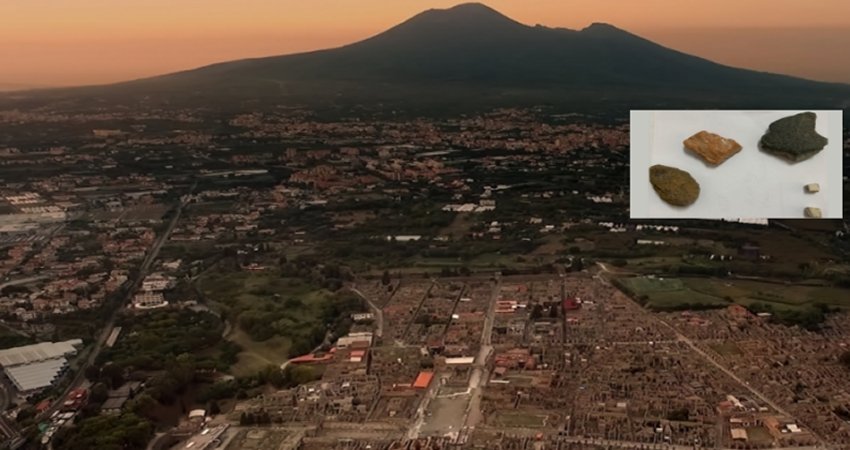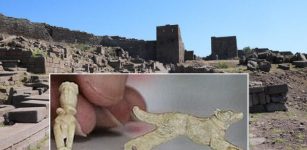World’s Oldest Man-Made Engraving On The 500,000-Year-Old ‘Pseudodon Shell’
MessageToEagle.com – The study of ancient history becomes truly exciting when extraordinary discoveries are being made. This is one of them. The world’s oldest man-made engraving has been discovered on a 500,000-year-old Pseudon shell.
An international team of researchers, led by Leiden archaeologist José Joordens, have studied hundreds of fossil shells from the Homo erectus site Trinil, on the Indonesian island of Java. The discovery of an engraved geometrical pattern on one of the shells came as a total surprise.

The zigzag pattern, that can only be seen with oblique lighting, clearly pre-dates the weathering processes on the shell arising from fossilisation. The study has excluded the possibility that the pattern could have been caused by animals or by natural weathering processes and shows that the zigzag pattern is the work of Homo erectus.
‘Until this discovery, it was assumed that comparable engravings were only made by modern humans – Homo sapiens – in Africa, starting about 100,000 years ago,’ says Joordens.
Pre-dates African finds
By applying two dating methods, researchers at the VU University Amsterdam and Wageningen University have determined that the shell with the engraving is minimally 430,000 and maximally 540,000 years old.
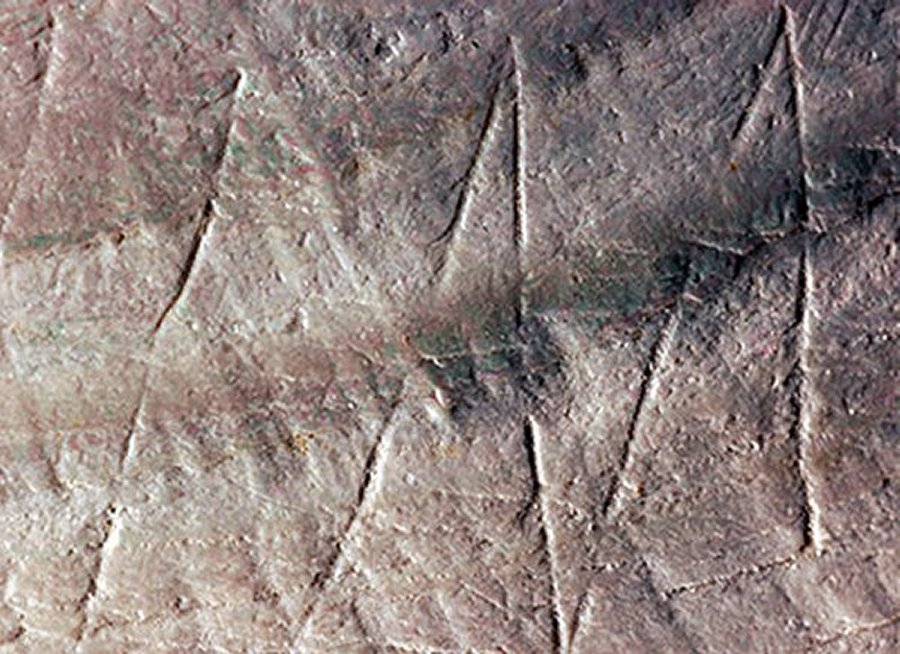
This means that the engraving is at least four times older than the previously oldest known engravings, found in Africa.
Purpose or meaning of the engraving?
‘It’s fantastic that this engraved shell has been discovered in a museum collection where it has been held for more than a hundred years.
I can imagine people may be wondering whether this can be seen as a form of early art,’ says Wil Roebroeks, Professor of Palaeolithic Archaeology at Leiden University.
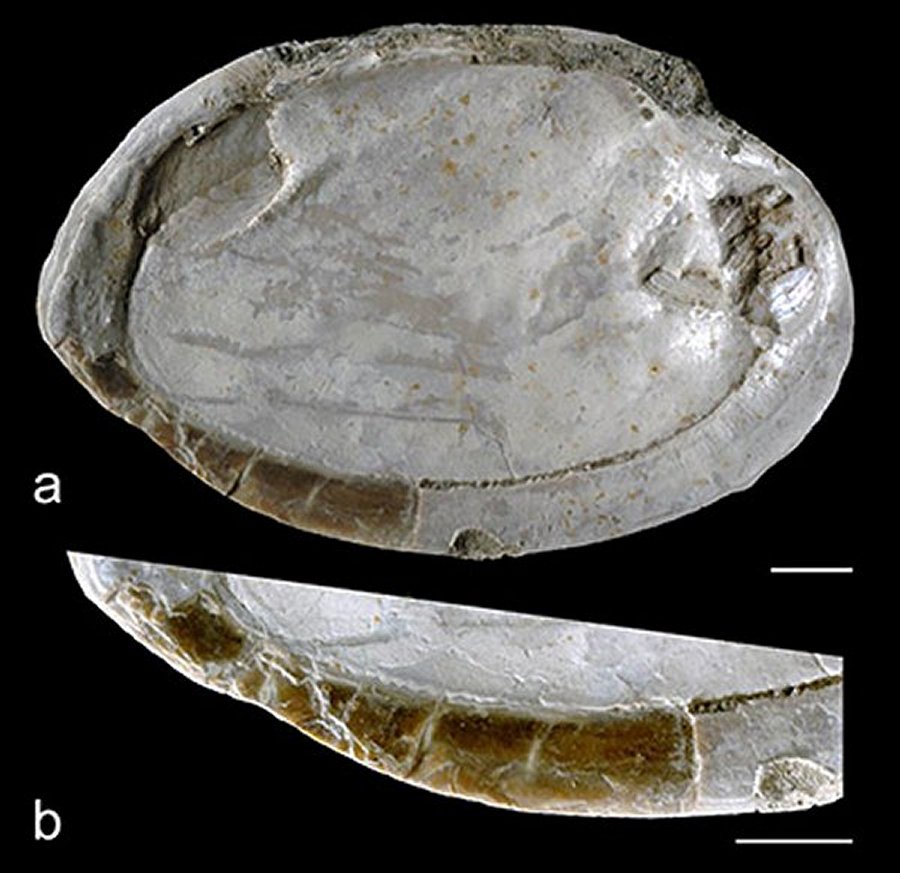
Early human-like mussel gatherers
This research has shown that these early human-like people were very clever about how they opened these large freshwater mussels; they drilled a hole through the shell using a sharp object, possibly a shark’s tooth, exactly at the point where the muscle is attached that keeps the shell closed.
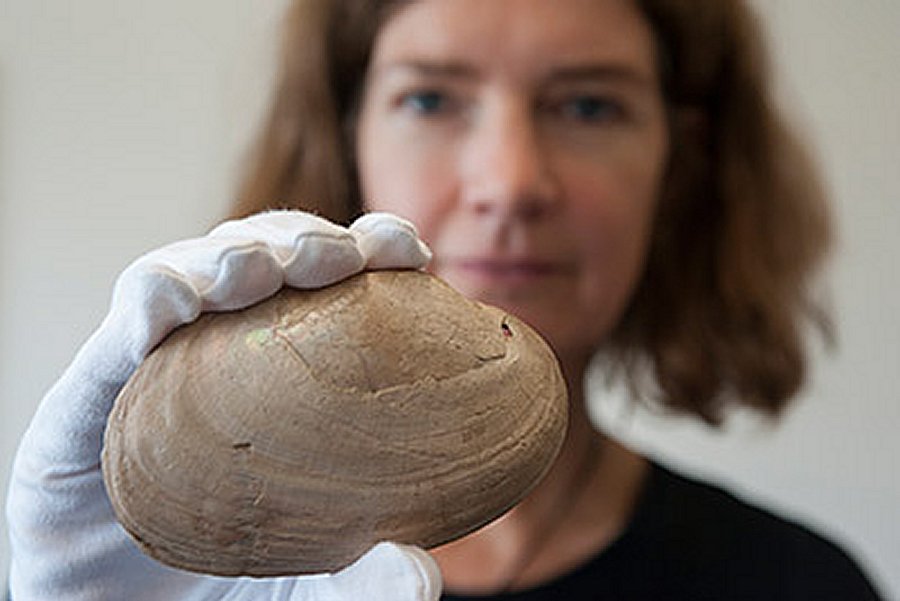
The precision with which these early humans worked indicates great dexterity and detailed knowledge of mollusc anatomy,’ says Frank Wesselingh, a researcher and expert on fossil shells at Naturalis.
This discovery from the historical Dubois collection sheds unexpected new light on the skills and behavior of Homo erectus, and indicates that Asia is a promising and, so far, relatively unexplored area for finding intriguing artefacts.
MessageToEagle.com.
source: VU University Amsterdam






